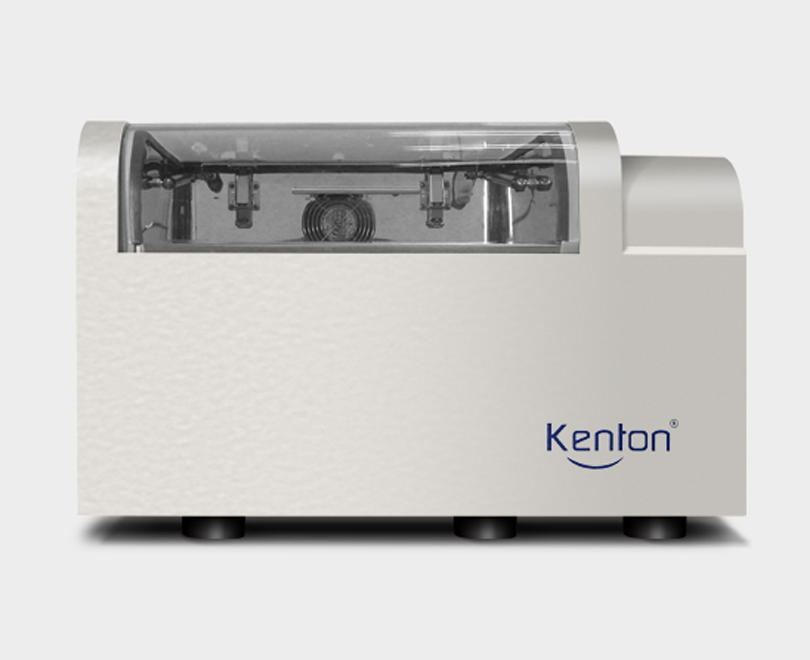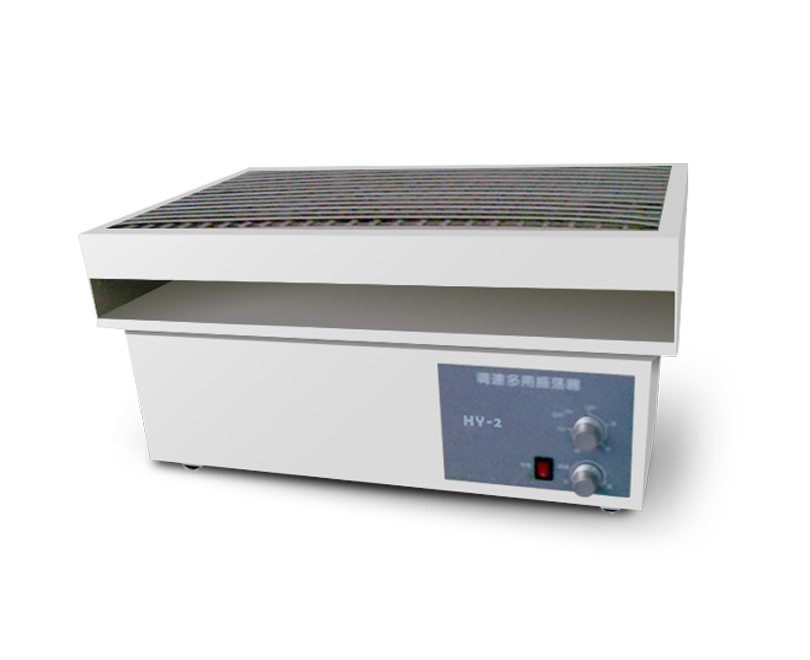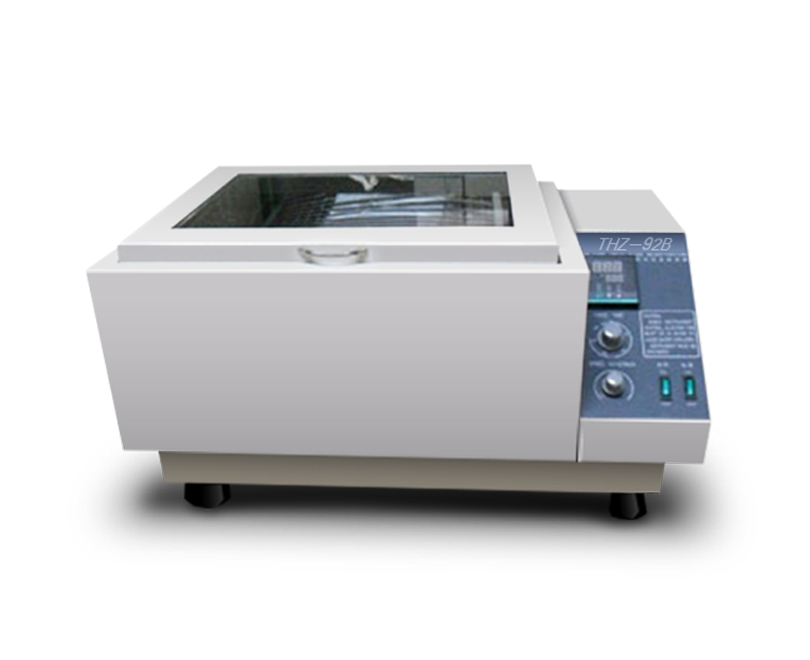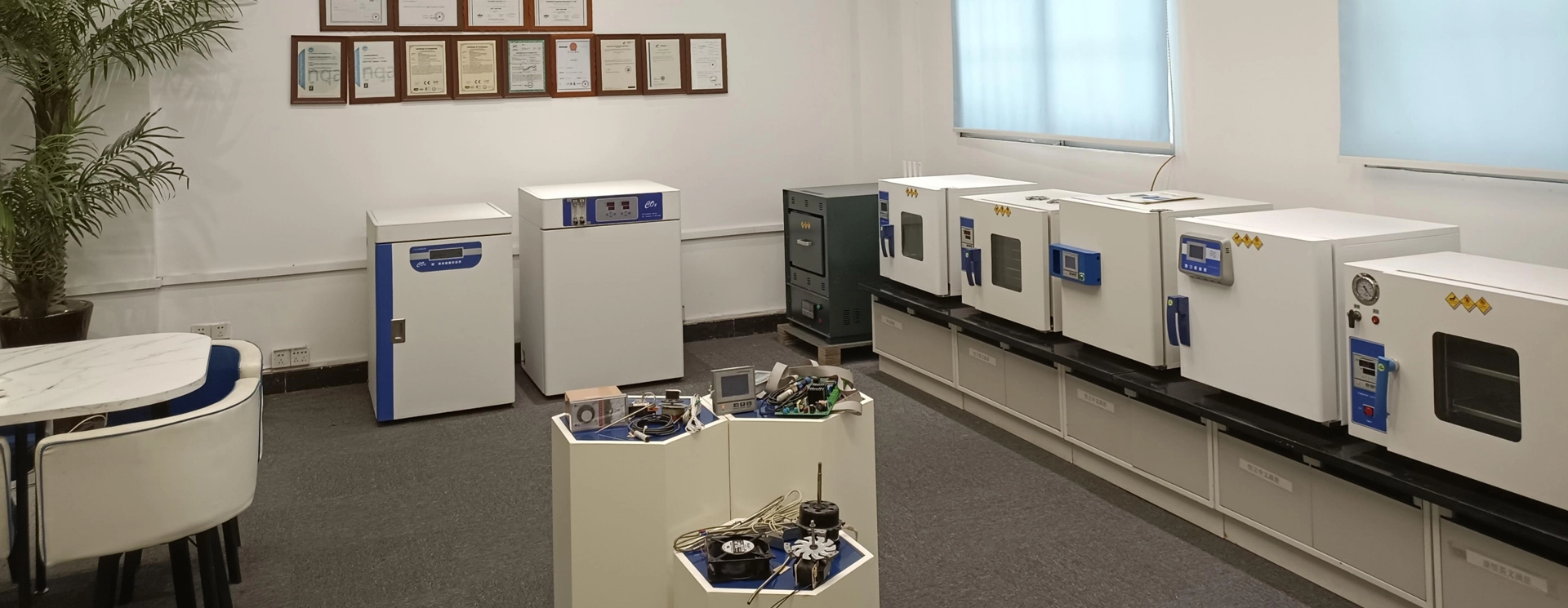





Struggling with inconsistent cell growth or unreliable results? Laboratory shakers eliminate these frustrations by providing precise, stable conditions for your samples. Their controlled motion and temperature regulation ensure uniform nutrient distribution, accelerating cultures while preventing contamination. With programmable settings and durable designs, they save you hours of manual monitoring and reduce costly experimental repeats. Whether cultivating sensitive cell lines or mixing reagents, these shakers deliver reproducible outcomes every time - giving you confidence in your data and more time for breakthrough discoveries. Your research deserves this reliability.
A well-maintained laboratory shaker typically lasts 8–12 years, with performance depending on usage intensity and care. Key factors affecting longevity include:
Usage Frequency: Daily industrial use may shorten lifespan vs. intermittent academic use
Maintenance: Regular lubrication, calibration, and part replacements (e.g., belts, bearings) extend service life
Build Quality: Heavy-duty models (like Kenton’s stainless-steel shakers) often outlast standard units
Laboratory shakers solve critical challenges in cell culture, microbiology, and biochemistry by providing
controlled agitation and temperature for optimal sample growth. Without them, researchers face inconsistent results, slower experiments, and increased contamination risks, delaying discoveries and wasting resources. These instruments ensure uniform nutrient distribution, reproducible conditions, and efficient mixing, which are vital for drug development, diagnostic testing, and biotech research. Labs lacking shakers would struggle with manual workarounds, unreliable data, and compromised productivity. By automating precise motion and environmental control, shakers accelerate research timelines while maintaining sample integrity, making them indispensable for academic, clinical, and industrial breakthroughs.


Our product specifications are mainly based on the dimensions of the cavity (height, width, depth, and volume). Key parameters to report include the temperature range, temperature accuracy, required uniformity, and the material of the cavity (all of these can be found in each product's description).

At Kenton, we set out to redefine laboratory equipment by addressing the real challenges researchers face every day. We tested countless instruments from other brands, only to find persistent gaps such as inconsistent temperature control, unreliable contamination prevention, and complicated designs that disrupt workflows. Too often, labs must choose between precision, durability, and affordability, settling for equipment that falls short in critical moments. That’s why we engineered Kenton products differently, product that brings together all these essential elements.

We recommend providing us with your product's temperature requirements before trying it. We can then offer recommendations or tailor a solution based on your specific needs. High temperatures may cause discoloration on the cavity of the product, which can affect future sales, so we do not recommend testing if the temperature is too high.

2 years.

We provide video repair procedures.
